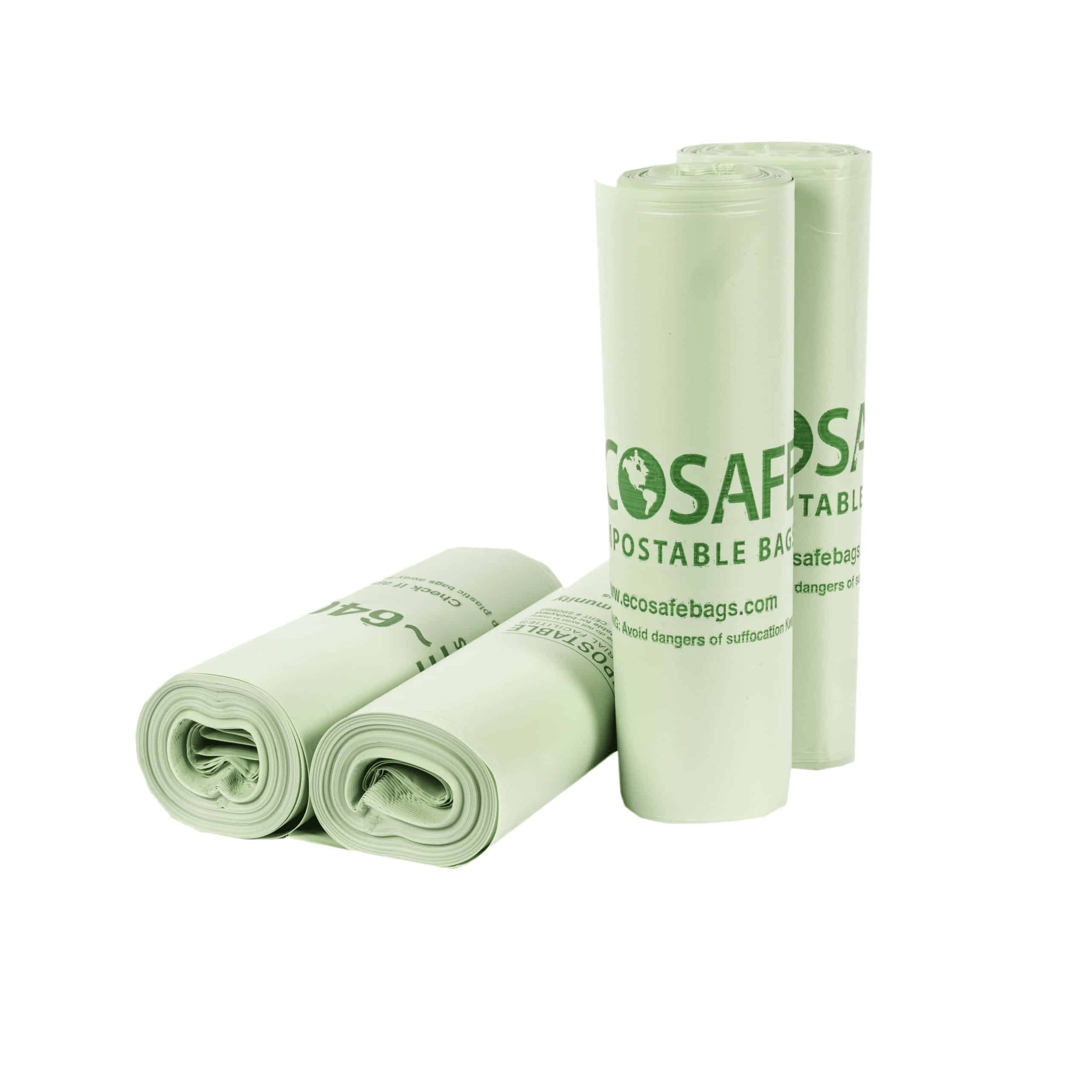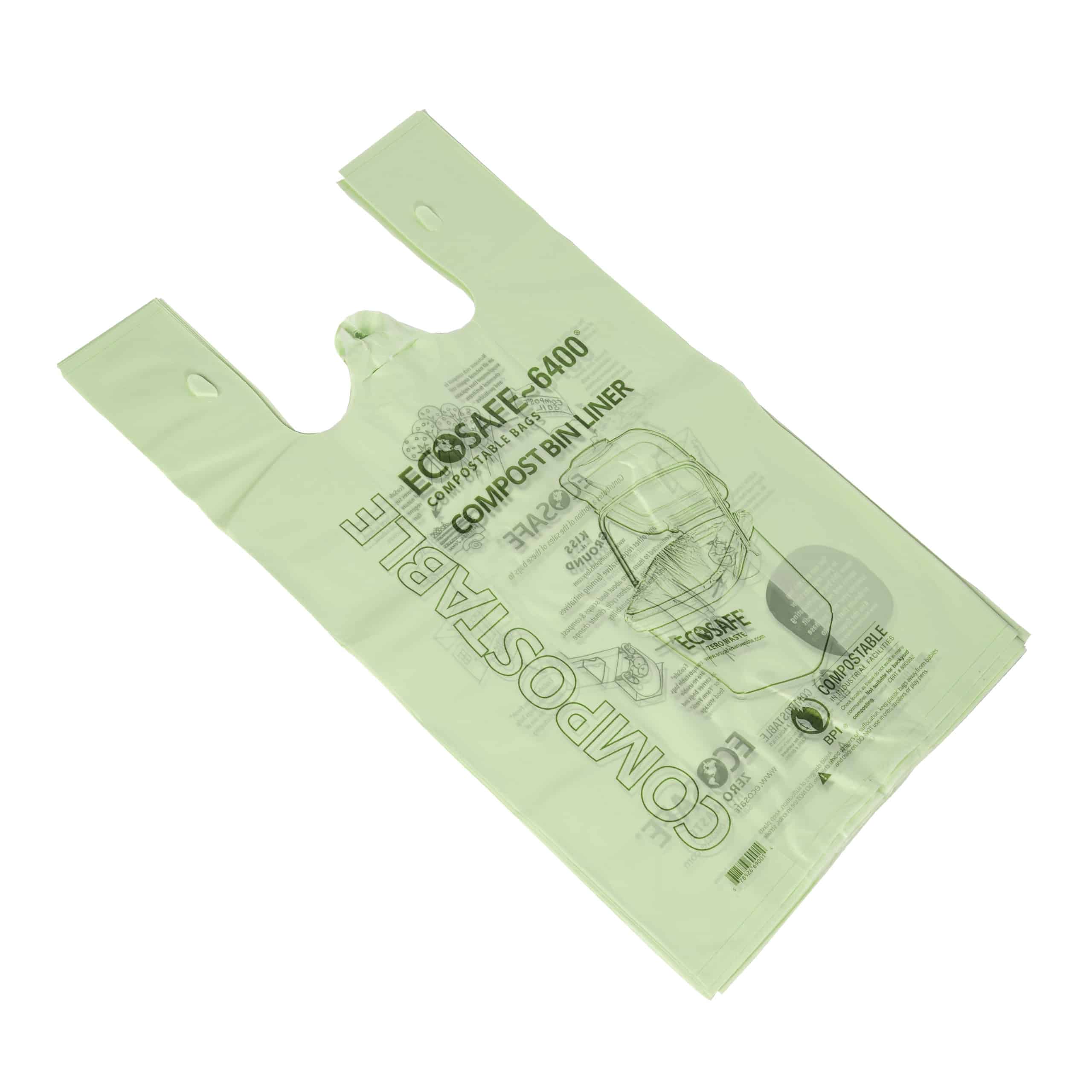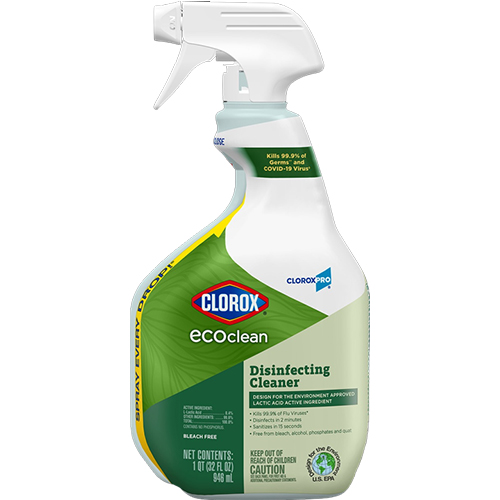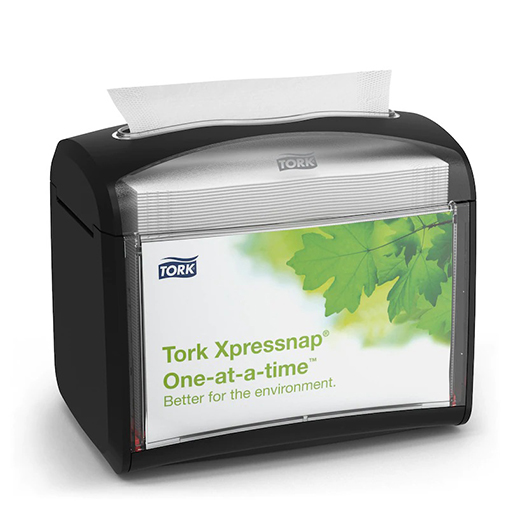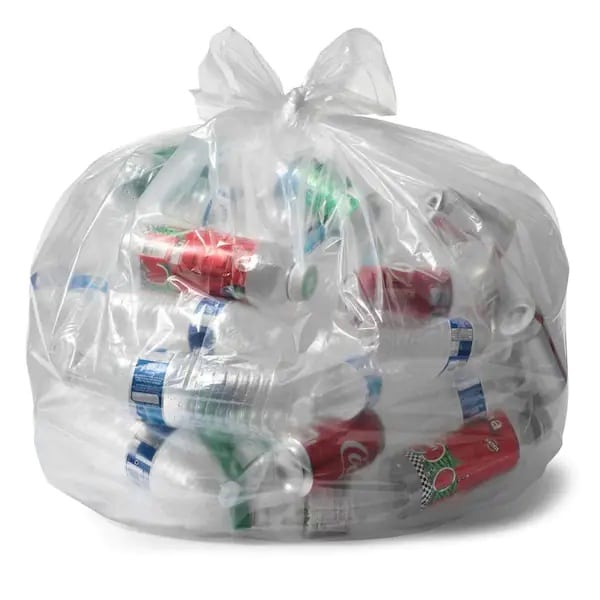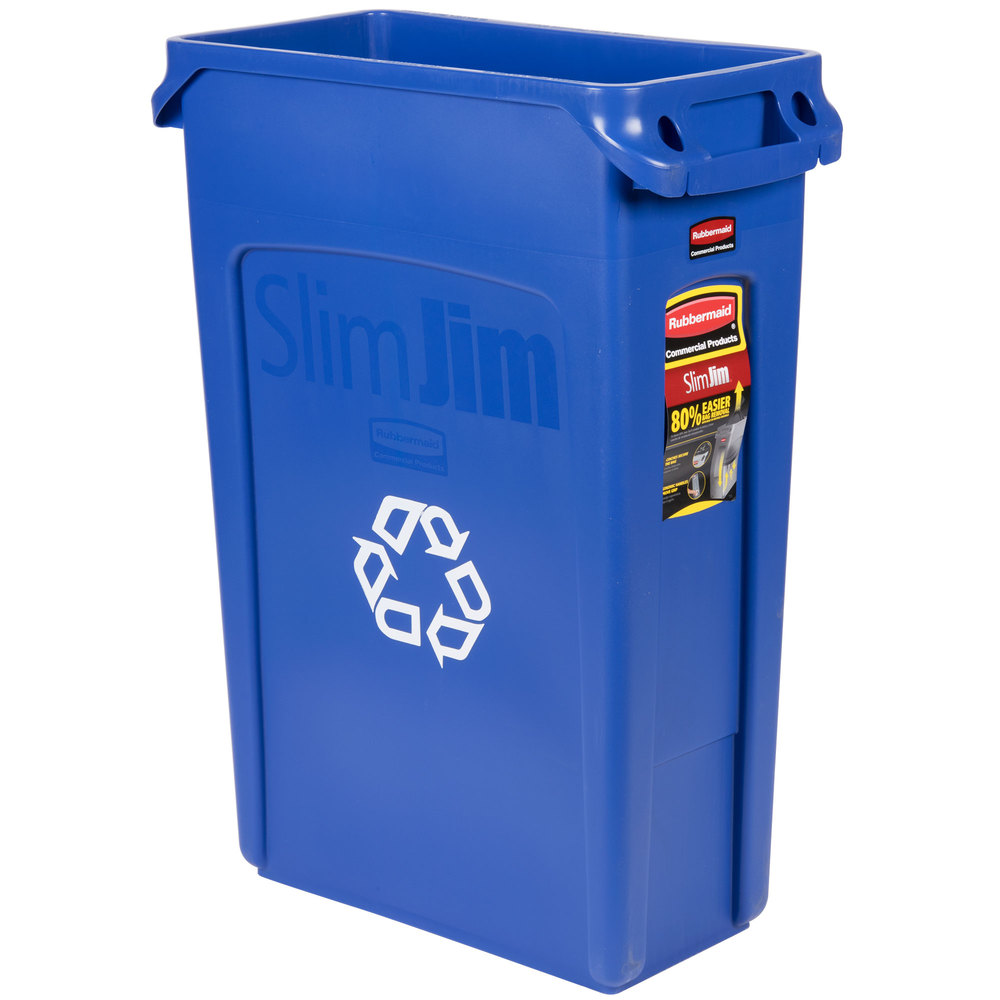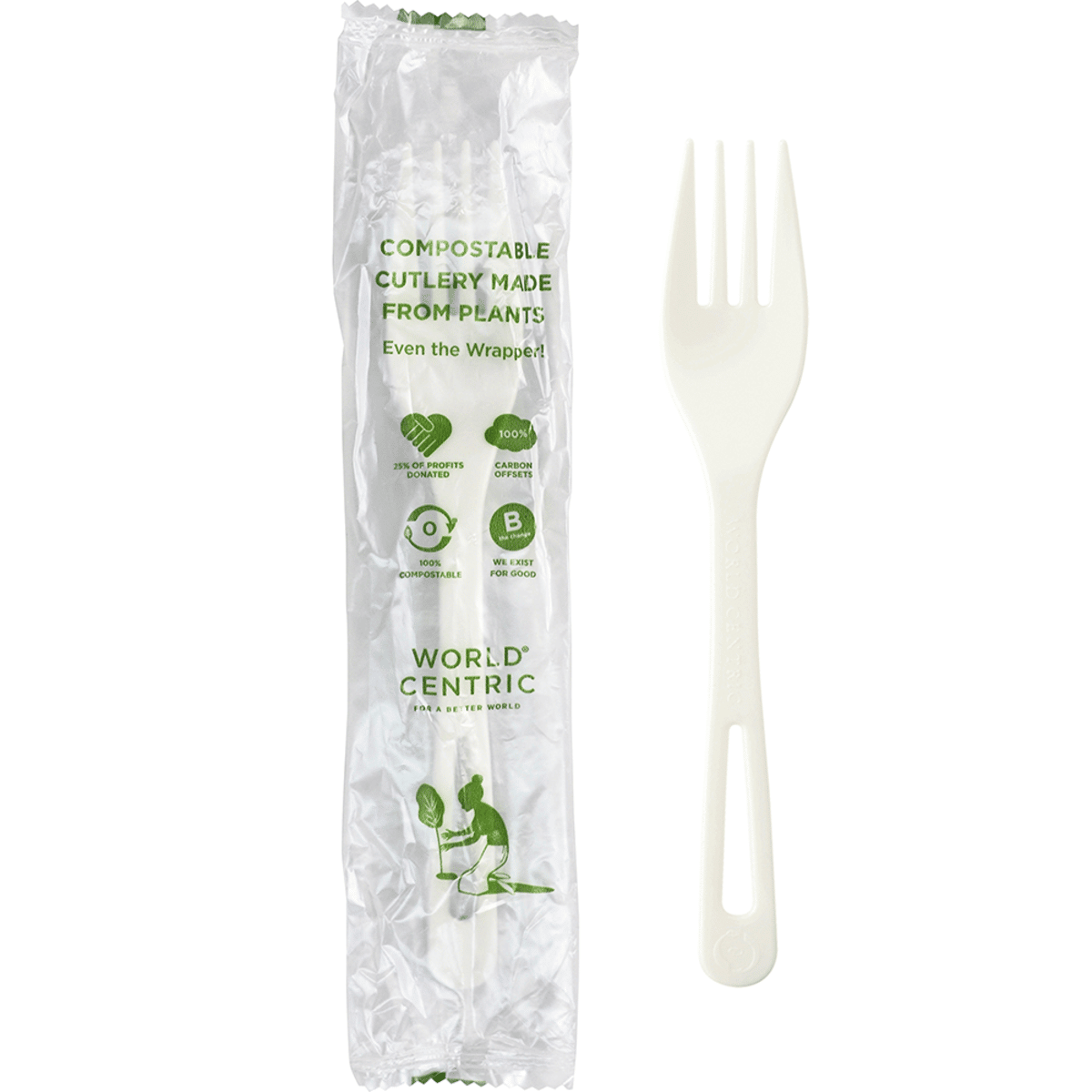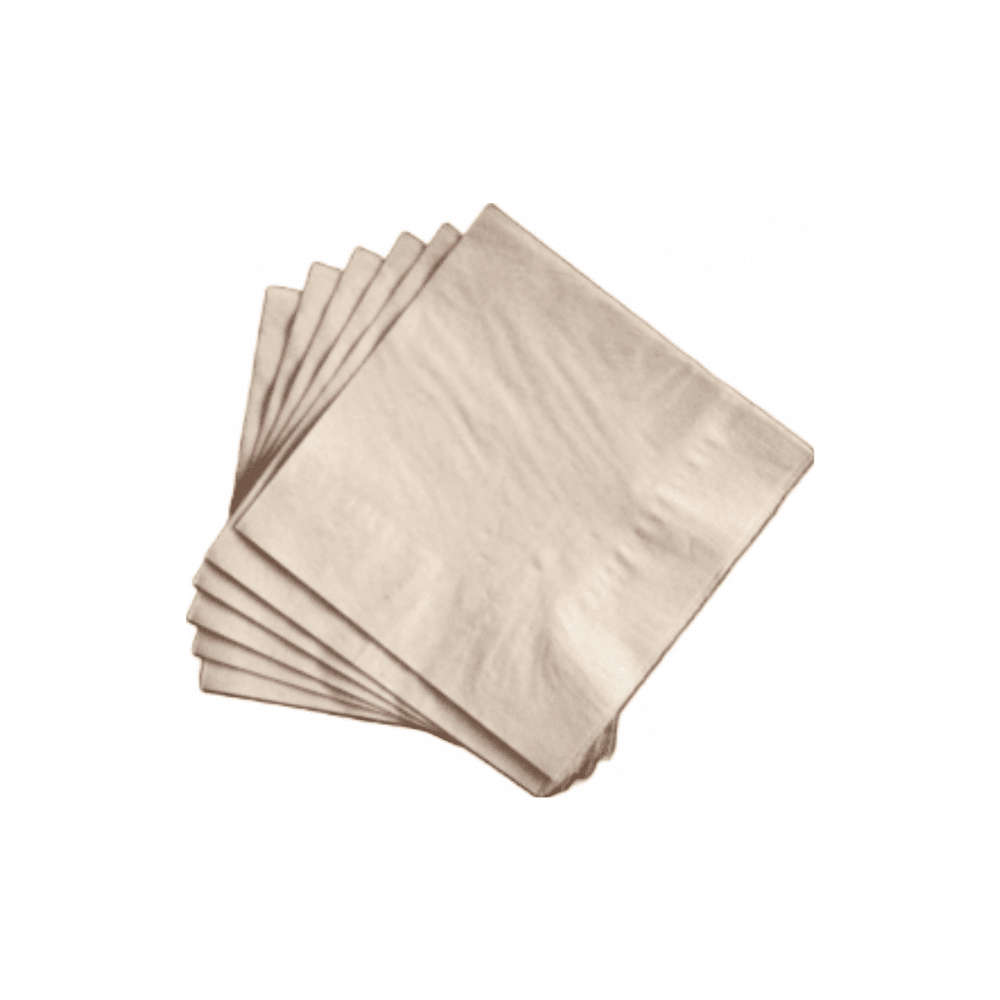Material Summary – PLA (Polylactic Acid)
The Definitive Guide to PLA Bioplastic: Origins, Manufacturing, and Future Potential
Polylactic Acid (PLA) bioplastic has risen to prominence as a leading contender in the race to find sustainable and eco-friendly alternatives to conventional petrochemical-based plastics. From takeout containers and disposable cutlery to medical implants and automotive components, PLA is making its mark in a wide variety of industries. As consumer awareness of environmental issues grows, so does the demand for packaging and products made from materials that tread more lightly on our planet.
But what is PLA really all about? How did it evolve from an experimental idea into one of the most popular bioplastics available today? And how does the future look for PLA, especially in a world that continues to struggle with the challenges of waste management, climate change, and limited natural resources? This comprehensive guide will answer these questions and many more, providing a deep dive into PLA’s history, chemistry, manufacturing processes, benefits, drawbacks, and evolving role in global markets.
Table of Contents
- Introduction to PLA Bioplastic
- A Brief History of PLA
- Chemistry and Key Properties
- How is PLA Made?
- Applications of PLA Bioplastic
- Biodegradability & Compostability
- PLA in Food Packaging
- PLA Blends and Additives
- Sustainability & Environmental Considerations
- Recycling and Disposal Options
- Market Trends and Future Outlook
- Best Practices for Using PLA
- Conclusion
1. Introduction to PLA Bioplastic
Bioplastic, as a general category, encompasses plastics derived from renewable biological sources—such as plants—rather than fossil fuels. Among this growing family of eco-friendly materials, Polylactic Acid (PLA) stands out as one of the most widely adopted. Often hailed for its potential in reducing the carbon footprint of plastics, PLA has found a home in numerous industries, including packaging, textiles, automotive components, and medical devices.
Before diving deeper, it’s useful to understand what qualifies a material as “bioplastic.” According to most definitions, a bioplastic can be:
- Biobased: Derived at least partially from renewable resources like corn, sugarcane, or cassava.
- Biodegradable/Compostable: Capable of decomposing under the right conditions into water, CO2, and biomass, without leaving harmful residues.
PLA typically satisfies both criteria. It originates from plant-based sugars or starches, and many formulations of PLA can biodegrade under industrial composting conditions. However, like most materials, PLA is not perfect. Its rate of degradation depends heavily on the specific environment (temperature, humidity, microbes, etc.), and industrial composting facilities may be required for complete breakdown.
Despite these nuances, the appeal of PLA remains strong. It offers a path forward for manufacturers and consumers looking to reduce reliance on petroleum-based plastics. As we explore the details of its history, chemistry, and practical uses, you’ll gain a clearer understanding of why PLA has become a beacon of hope in the quest for more sustainable plastic alternatives.
2. A Brief History of PLA
The road to modern-day PLA is paved with scientific curiosity, economic practicalities, and a growing awareness of ecological challenges. Although some might assume that the drive for eco-friendly plastics emerged only in recent decades, the seeds were sown much earlier.
2.1 Early Beginnings
In 1845, French chemist Théophile-Jules Pelouze managed to create a synthesized polymer, an early precursor to the notion that plastics could be engineered rather than solely derived from natural materials like rubber or cellulose. This event laid the foundation for subsequent breakthroughs in polymer science.
Fast forward to the 1920s: Wallace Hume Carothers, who also invented nylon, found himself exploring new kinds of polymers while working at DuPont. During the 1950s, Carothers pursued a plastic that was not only functional but also more environmentally friendly than existing petrochemical options. His work led to the “discovery” of PLA, although the material did not garner immediate commercial success due to high production costs.
2.2 Patenting and Commercialization
DuPont quickly patented PLA after Carothers’ breakthrough, but these early attempts to commercialize the polymer proved financially untenable. The production methods available at the time were neither efficient nor scalable enough to yield an affordable product. Consequently, PLA research remained largely in the realm of academic and specialized industrial labs for several decades.
It wasn’t until the late 1980s that Cargill, a major agricultural corporation, revisited PLA production with an eye on tapping into renewable feedstocks (like corn). Through advances in fermentation technology and polymerization methods, Cargill was able to reduce the costs associated with manufacturing PLA. This progress set the stage for PLA’s entry into mainstream markets, including disposable packaging, textiles, and more.
2.3 Growing Environmental Awareness
The modern impetus to develop “better plastic” arose as concern over plastic pollution and resource depletion grew more urgent. By the turn of the 21st century, single-use plastics were recognized as a major contributor to landfill overflow and marine debris. Governments and consumers alike began to look for alternatives—sparking renewed interest and investment in bioplastics like PLA.
Today, PLA enjoys a reputation as one of the most prominent bioplastics available, used in everything from 3D printing filament to medical implants. Historical breakthroughs in polymer science, combined with modern shifts in public awareness, have culminated in PLA’s rise from obscure lab curiosity to mainstream sustainable solution.
3. Chemistry and Key Properties
To truly appreciate PLA, one must delve into its underlying chemistry. In scientific terms, “Polylactic acid (PLA) is a linear, aliphatic polyester synthesized from lactic acid monomers.”2 That may sound complex, but the principle is straightforward: take lactic acid (which can be derived from plant sugars), link those molecules together in a chain (polymerization), and you get PLA.
3.1 Monomer Sources
Although corn starch is a common source, PLA can also be derived from other carbohydrate-rich crops:
- Cassava: Popular in many tropical and subtropical regions, cassava provides an abundant starch supply.
- Sugarcane: Utilized especially in Brazil and parts of Asia, sugarcane offers fermentable sugars ideal for PLA production.
- Sugar beet: Grown in cooler climates, sugar beets yield sucrose that can be fermented into lactic acid.
No matter the specific crop, the core idea is similar: extract sugars or starches, ferment them into lactic acid, and polymerize that lactic acid into PLA.
3.2 Key Characteristics
PLA’s chemical structure imparts a set of properties that differentiate it from conventional plastics such as polyethylene (PE) or polypropylene (PP). These traits include:
- Biodegradability and Compostability: Under industrial composting conditions (high temperature, controlled humidity, and microbial activity), PLA can decompose into biomass, water, and CO2. However, the rate of degradation can vary widely depending on the environment.
- Thermoplastic Behavior: PLA can be heated, molded, and cooled repeatedly, allowing it to be formed into a variety of shapes through injection molding, thermoforming, and extrusion.
- Transparency: Many PLA grades exhibit good clarity, making them suitable for disposable cups, clamshell containers, and other applications requiring clear packaging.
- Mechanical Strength: While not as strong or heat-resistant as some petrochemical plastics (like PET or polypropylene), PLA’s mechanical properties are generally adequate for many single-use applications. Formulations and blends can improve impact strength and flexibility.
- Relatively Low Heat Resistance: Standard PLA has a relatively low glass transition temperature (~55°C), meaning it can deform if exposed to high heat. Some specialty PLA blends address this limitation.
- Food Contact Safety: PLA is generally recognized as safe (GRAS) for many food contact applications, provided it meets relevant regulatory standards.
These properties, particularly biodegradability and ease of molding, have catapulted PLA into the spotlight as a promising green alternative. Yet, as we will see, challenges around heat tolerance and composting infrastructure continue to shape how and where PLA is deployed.
4. How is PLA Made?
At its core, PLA production is a multi-step operation that transforms plant-based raw materials into a functional plastic. While industrial processes can vary in detail, most follow a broad sequence:
- Feedstock Cultivation: The biomass source—be it corn, sugarcane, or another crop—is grown and harvested. The choice of crop often depends on regional agriculture and economic factors.
- Extraction of Sugars or Starches: Once harvested, the plant material is processed to isolate sugars (glucose, sucrose, etc.) or starches. For example, corn kernels might be milled and treated to release glucose, while sugarcane is crushed to yield sugar-rich juice.
- Fermentation: The extracted sugars or starches undergo bacterial fermentation. Specific strains of microbes convert these carbohydrates into lactic acid. Maintaining optimal conditions of temperature, pH, and nutrient supply is critical for maximizing yield.
- Polymerization: Lactic acid molecules are then chemically bonded in a process called condensation polymerization. Alternatively, ring-opening polymerization of lactide (a dimer of lactic acid) can be used to create longer chains of polylactic acid.
- Purification: The raw PLA is purified and can be tailored for different properties. Manufacturers often produce resin pellets that are then sold to other companies for processing into finished products.
- Forming into Products: In the final stage, PLA pellets are melted and molded or extruded to create cups, utensils, packaging film, automotive components, or countless other items.
4.1 Importance of Pelletization
Pelletization is a vital step, simplifying the transportation and handling of PLA. In pellet form, PLA is easy to feed into standard plastics processing equipment. These pellets resemble those used in traditional plastic manufacturing, which is one reason the shift to PLA in certain sectors can be relatively seamless.
4.2 Energy and Resource Efficiency
Although PLA relies on agricultural products, the overall process can be optimized to be resource-efficient. For instance, the fermentation stage can sometimes use waste streams or byproducts from other agricultural processes. Moreover, ongoing research looks for ways to reduce the energy and water footprints of PLA production, aiming to amplify its status as an environmentally friendly plastic.
5. Applications of PLA Bioplastic
PLA has carved out a niche in a variety of industries, thanks to its unique combination of biodegradability, transparency, and moderate mechanical strength. Here are some of the most common areas where PLA has made inroads:
- Food and Beverage Packaging: Cold beverage cups, salad containers, and disposable lids are some of the most visible PLA items on the market.
- Medical Field: Because of its biocompatibility, PLA is used in sutures, stents, and other medical devices that can safely degrade within the human body.
- Automotive Parts: Some car manufacturers experiment with PLA-based components for interior parts, harnessing the material’s low weight and reduced carbon footprint.
- Agricultural Films: PLA films can serve as mulch film in farming, eventually breaking down without leaving microplastic fragments in the soil.
- Textiles and 3D Printing: From clothing fibers to 3D printer filaments, PLA’s processability has opened up new avenues for creative design and rapid prototyping.
5.1 Single-Use Items
Arguably, single-use disposables form the most significant chunk of PLA’s market presence. Think cups for iced coffee, takeout containers for salads, and lids for to-go cups. While single-use plastics remain under scrutiny for contributing to waste, PLA offers a more sustainable path if composting or appropriate waste management is in place.
5.2 Durables and Semi-Durables
Although PLA shines in short-life applications, it can also be used in products meant to last longer—like phone cases or certain automotive interiors. The key is ensuring that the chosen PLA grade (or PLA blend) is strong, heat-resistant, and stable enough for extended use. Some manufacturers enhance PLA with additives to boost these properties, enabling its use in more demanding environments.
6. Biodegradability & Compostability
One of the most compelling selling points of PLA is its potential for biodegradability. However, this term often generates confusion. Consumers may assume that PLA will break down effortlessly in any environment, from backyard compost piles to the open ocean. The reality is more nuanced.
6.1 Industrial Composting
Most PLA products are labeled “industrially compostable,” meaning they need high heat (around 58°C/136°F), adequate moisture, and active microbial populations to decompose efficiently. These conditions are readily found in industrial composting facilities, which can turn PLA into CO2 and organic matter (biomass) within a few weeks to a few months.
In regions where industrial composting programs are available, PLA disposables may provide a more eco-friendly disposal route than traditional plastics. Once composted, PLA essentially returns to the earth, potentially helping to enrich soil.
6.2 Home Composting
Some PLA formulations are marketed as “home compostable,” but these remain less common. Home compost piles generally lack the sustained high temperatures found in industrial facilities, so the decomposition process can take much longer (sometimes over a year). Even with these specialized formulations, thorough mixing, moisture, and a healthy microbial environment are critical for successful breakdown.
6.3 Marine Environments and Landfills
PLA does not readily biodegrade in marine environments, such as oceans, nor does it break down quickly in landfills, where low oxygen and microbial activity inhibit decomposition. This underscores the importance of proper disposal and waste management. While PLA has an advantage over petro-based plastics, it still relies on human-led systems to ensure responsible handling.
6.4 Certifications
Several organizations provide certifications for compostable plastics. For instance:
- EN 13432 (EU): Specifies requirements for packaging recoverable through composting and biodegradation.
- ASTM D6400 (USA): Outlines the standard for labeling of plastics designed to be composted in municipal or industrial facilities.
- OK Compost (TÜV Austria): Recognizes products meeting specific compostability criteria, including home composting where applicable.
Manufacturers often display these certification marks on product packaging to assure consumers of a material’s compostable attributes. Verifying certifications helps avoid “greenwashing” and ensures you’re purchasing genuinely compostable products.
7. PLA in Food Packaging
Food packaging stands as one of the most visible and consequential uses of PLA bioplastic, illustrating how a sustainable material can directly impact both businesses and consumers. From clamshell containers and cold drink cups to deli trays and portion cups, PLA has proven an attractive option for brands wanting to signal eco-consciousness.
7.1 The Role of Consumer Demand
Consumers play a huge role in driving the adoption of PLA for food packaging. Growing environmental awareness encourages shoppers to seek out or favor brands that use biodegradable or compostable materials. This shift is particularly notable among younger demographics, who are often vocal in their desire for companies to reduce reliance on petro-based plastics. Restaurants, grocery stores, and other foodservice providers respond by adopting PLA-based cups and containers to fulfill that demand.
7.2 Functional Benefits
Despite the environmental advantages, food packaging also needs to meet functional requirements:
- Transparency: PLA can be formulated to be clear and glossy, allowing consumers to see the food inside. This transparency is especially valuable for items like salads, fresh fruit, or desserts.
- Barrier Properties: While PLA doesn’t offer the same gas barrier properties as certain specialized plastics (like PET or EVOH), it provides a decent barrier against moisture and odors for short-term storage.
- Printability and Branding: Packaging often serves as a marketing platform. PLA can be printed on or labeled, showcasing logos and product information to enhance brand recognition.
- Food Safety: PLA is generally recognized as safe for food contact, though it may have temperature limitations, as typical PLA can deform under high heat. Therefore, it is most common in cold or room-temperature applications.
7.3 Cold Beverage and Salad Containers
One of the most widespread uses of PLA in food service is in cold-beverage cups and salad containers. These applications leverage PLA’s clarity and rigidity without encountering its limitations at high temperatures. Whether you’re picking up an iced coffee, a fresh fruit cup, or a takeout salad, there’s a decent chance the packaging might be PLA-based if it’s labeled as compostable or bioplastic.
7.4 Challenges in Foodservice Settings
Although PLA-based containers excel with cold or lukewarm items, they aren’t well-suited for hot foods or beverages unless specifically formulated blends are used. Additionally, not all municipalities have commercial composting facilities, so the potential for composting PLA packaging may be limited. Proper labeling and consumer education become critical: if PLA items end up in regular trash or recycling streams without sorting, they can become contaminants or simply end up in landfills, where degradation is slow.
8. PLA Blends and Additives
Pure PLA, while versatile, has some mechanical and thermal limitations that can restrict its use in certain demanding applications. To overcome these hurdles, researchers and manufacturers have developed a range of additives and blending strategies, combining PLA with other polymers or substances to enhance performance.
8.1 Why Blends?
The end goal with any plastic formulation is to achieve specific performance characteristics that meet a product’s functional requirements. For PLA, common challenges include brittleness, low heat resistance, and moderate impact strength. By incorporating additives or blending PLA with other biodegradable materials, these properties can be improved.
8.2 Common Additives
- Talc: Used to reinforce PLA and improve flexural and tensile strength. When used in utensils like forks and spoons, talc enhances rigidity and reduces brittleness.
- Plasticizers: Certain bio-based plasticizers can increase PLA’s flexibility, making it less prone to cracking.
- Nucleating Agents: Help control and speed up crystallization, improving thermal stability and reducing cycle times during processing.
- Impact Modifiers: Additives that can boost impact resistance for applications like packaging or automotive parts exposed to mechanical stress.
It’s worth noting that while these additives can enhance functionality, they may also affect the material’s compostability. Manufacturers must strike a balance between performance gains and maintaining the environmental benefits of PLA.
8.3 Biopolymer Blends
Beyond simple additives, PLA can be blended with other bioplastics, such as polyhydroxyalkanoates (PHA) or starch-based polymers. These combinations can lead to composites with tailored mechanical or barrier properties, widening the scope of possible applications.
The rise of PLA blends underscores the flexibility of this material. With the right additives, PLA can transition from a single-use cup to a sturdy automotive component or a durable consumer product, illustrating its capacity to adapt to the evolving demands of modern manufacturing and consumer expectations.
9. Sustainability & Environmental Considerations
In an era dominated by growing environmental awareness, the real question is: How sustainable is PLA? The answer depends on several factors, from the agricultural practices used to grow feedstock to the infrastructure available for composting or recycling PLA at the end of its life.
9.1 Resource Usage
Unlike petro-based plastics, which rely on finite fossil fuel reserves, PLA is derived from renewable resources such as corn, sugarcane, or cassava. This shift from petroleum to plant-based materials can reduce greenhouse gas emissions and energy consumption during production. However, the cultivation of large-scale crops also involves land use, water consumption, and potential pesticide or fertilizer inputs, which can offset some of PLA’s eco-benefits.
9.2 Carbon Footprint
Studies often show that PLA’s carbon footprint, from cradle to gate, is lower than that of conventional plastics like polyethylene or polypropylene. Plants absorb CO2 during their growth phase, and while fossil fuels may still be used in agricultural equipment and transportation, the net impact tends to be lower overall than for fossil-based plastics.
9.3 End-of-Life Scenarios
A key advantage of PLA is its potential for compostability. Unlike conventional plastics, which can linger in the environment for centuries, PLA can break down into organic matter under controlled industrial composting conditions. In regions lacking composting infrastructure, however, PLA might end up in landfills, where it degrades very slowly in the absence of oxygen and high temperatures.
9.4 Potential for Greenwashing
As the bioplastic market grows, so does the risk of greenwashing—where companies make overly broad or misleading environmental claims. For example, some products may use the term “biodegradable” without clarifying the specific conditions required. Consumers and businesses should seek certifications or transparent documentation to confirm that PLA products truly meet their sustainability goals.
In sum, PLA’s sustainability credentials are genuine but context-dependent. Crop selection, agricultural practices, manufacturing efficiency, and end-of-life handling all influence the net environmental impact of PLA-based products.
10. Recycling and Disposal Options
When people hear “bioplastic,” they may assume the product can go into a standard recycling bin or break down quickly in their backyard compost pile. The reality is more complex. Disposal pathways for PLA vary depending on local waste management systems and the availability of specific facilities.
10.1 Industrial Composting
PLA is ideally suited for industrial composting, where temperatures reach above 50-60°C (122-140°F) and microbial activity is high. In these conditions, PLA items can fully decompose within weeks or a few months, returning to the soil as nutrient-rich compost. Communities equipped with municipal composting programs can divert PLA products from landfills effectively, reducing waste.
10.2 Home Composting
While some PLA formulations are marketed as home compostable, this generally requires significantly more time than industrial composting and is highly dependent on the compost pile’s temperature, aeration, and microbial environment. Without consistent heat or adequate aeration, PLA may remain intact for many months, if not years.
10.3 Mechanical Recycling
In principle, PLA can be recycled similarly to other plastics, especially if it is collected in a dedicated stream. However, most conventional recycling facilities do not handle PLA because its properties differ from petro-based plastics. If PLA is mixed into the recycling stream intended for PET or HDPE, it can act as a contaminant, complicating the recycling process.
10.4 Landfilling
If neither composting nor specialized recycling is available, PLA may end up in landfills, where low oxygen and inconsistent temperatures hinder biodegradation. In such scenarios, PLA’s end-of-life performance may not differ substantially from that of traditional plastics—at least in the short term.
10.5 Consumer Guidance
Given the complex landscape of disposal options, consumer education is crucial. Labels indicating “industrially compostable” do not always help if local facilities are lacking. Similarly, tossing PLA items into curbside recycling without a specialized stream can contaminate recycling batches. The best path is often checking local guidelines or disposing of PLA in designated composting bins (where available).
This infrastructure gap represents one of the significant hurdles for PLA’s broader adoption. As more municipalities consider adding industrial composting capabilities, PLA’s advantage over conventional plastics becomes clearer—but that depends heavily on building a robust composting infrastructure worldwide.
11. Market Trends and Future Outlook
The global demand for PLA is set to rise, reflecting a larger push toward sustainability and responsible consumption. Industry reports, like the Polylactic Acid (PLA) Market Size, Share, Growth, Forecast 2022-2027, project an annual growth rate (CAGR) of over 14% between 2021 and 2026. Let’s explore the factors fueling this rapid expansion.
11.1 Legislative Pressure
Many governments and municipalities have imposed restrictions or outright bans on single-use plastic items, particularly polystyrene foam and certain disposable plastic bags. These policies create a market gap that bioplastics like PLA can fill. Additionally, extended producer responsibility (EPR) laws push manufacturers to design products with less environmental impact, further incentivizing PLA adoption.
11.2 Consumer Demand
Public sentiment increasingly favors eco-friendly options. Younger consumers, in particular, prioritize sustainable packaging, influencing businesses to switch to bioplastics. As awareness of plastic pollution grows, individuals become more willing to seek out or pay extra for compostable products.
11.3 Technological Advancements
Ongoing research focuses on addressing PLA’s limitations. Scientists are working to:
- Improve PLA’s heat tolerance.
- Enhance biodegradation in lower-temperature environments.
- Develop additives and blending techniques that maintain compostability while improving mechanical properties.
- Advance chemical or enzymatic recycling methods, turning PLA waste into lactic acid feedstock again.
These breakthroughs, once commercialized, could make PLA more competitive with petro-based plastics, thereby expanding its market share.
11.4 Emerging Markets
While Europe and North America lead the charge in PLA consumption, emerging markets in Asia, Latin America, and Africa are also catching on. Large agricultural economies may see PLA as a strategic opportunity, leveraging domestic crops to produce high-value bioplastics, stimulating local industries and reducing reliance on imported petroleum products.
11.5 Long-Term Vision
A future where compostable plastics like PLA become the norm hinges on improved waste management systems, technological innovation, and continued public awareness. Although PLA alone cannot solve the planet’s plastic crisis, it represents a potent tool—especially when integrated into a broader, more sustainable economic and policy framework.
12. Best Practices for Using PLA
As with any material, maximizing PLA’s benefits requires a well-informed approach. Businesses, product designers, and even everyday consumers can adopt best practices to ensure PLA fulfills its sustainability promise.
12.1 Select the Right Grade
PLA comes in various grades, each designed for specific purposes. Some are optimized for transparency and clarity, while others focus on improving heat resistance or impact strength. Conduct thorough research or consult your resin supplier to find a grade that meets your application requirements without compromising compostability.
12.2 Explore Blends and Additives Wisely
If your application requires enhanced mechanical or thermal performance, consider PLA blends or additives. However, make sure to verify that these modifications do not negate the material’s compostability. Look for third-party certifications and test data on the final blend.
12.3 Engage in Thoughtful Design
Simple product designs can reduce material usage and facilitate composting. For instance, using fewer components, opting for minimal thickness where possible, and designing for easy stacking can save on resources and streamline waste management.
12.4 Label Packaging Clearly
Clear labeling helps consumers understand proper disposal methods. Indicate whether the product is industrially compostable or suitable for home composting, and clarify if it should not be placed in conventional recycling bins. Include relevant certifications like ASTM D6400, EN 13432, or OK Compost to bolster credibility.
12.5 Collaborate with Waste Management
If you’re a manufacturer or retailer introducing PLA packaging, coordinate with local waste management and composting facilities. Understanding their capacity and guidelines can ensure your products are disposed of correctly. Encouraging or incentivizing customers to compost these items in the right way further amplifies PLA’s environmental benefits.
12.6 Consumer Awareness
Educate your customer base. Whether through signage in a coffee shop or instructions on packaging, guide consumers on how to dispose of PLA products properly. The more informed the consumer, the more likely these items will end up in composting streams rather than landfills.
13. Conclusion
Polylactic Acid (PLA) bioplastic represents a pivotal advance in our ongoing quest for materials that deliver performance without inflicting long-term harm on the planet. Rooted in agricultural feedstocks and capable—under the right conditions—of biodegrading back into natural elements, PLA offers hope for rethinking our dependency on single-use petroleum plastics.
As we’ve seen, however, the story of PLA is more complex than labeling it a miracle solution. From its historical underpinnings in 19th-century polymer science to its patenting by DuPont and commercialization by Cargill, PLA’s journey underscores the interplay between scientific innovation, market forces, and societal needs. While PLA offers tangible advantages—renewable sourcing, industrial compostability, relatively low carbon footprint—challenges remain regarding heat resistance, disposal infrastructure, and public perception.
Looking ahead, improvements in additive technologies, mechanical recycling, and composting infrastructure could bolster PLA’s standing as a truly circular material. Policy support, consumer education, and corporate responsibility will play equally critical roles. As municipalities expand industrial composting capabilities and producers refine their formulations, PLA’s potential to reduce plastic waste becomes even more compelling.
For businesses weighing the costs and benefits of switching to PLA, the advice is clear: consider the entire lifecycle—from feedstock sourcing and manufacturing to end-of-life disposal. For consumers intrigued by the promise of PLA, remember that proper disposal is key. A PLA cup might be industrially compostable, but if your city lacks such a facility, that cup could languish in a landfill no differently than traditional plastic.
In essence, PLA exemplifies the broader conversation about how we must balance innovation with infrastructure, and eco-friendly materials with responsible usage. While no single polymer can solve all of our waste and pollution issues, PLA demonstrates how science, commerce, and citizen demand can converge to steer us a step closer toward a more sustainable future.
Ultimately, PLA’s rise from an obscure lab discovery to a ubiquitous material on store shelves is a testament to how quickly society can change when environmental need, consumer pressure, and technological capability align. The journey continues, and PLA stands poised to remain at the forefront of the green revolution in plastics. By remaining informed and proactive—whether you’re a policymaker, manufacturer, or everyday consumer—you can contribute to ensuring PLA realizes its full promise as an environmentally responsible material.
Word Count: ~5,200+ words (approx.)
Powered by BetterDocs



